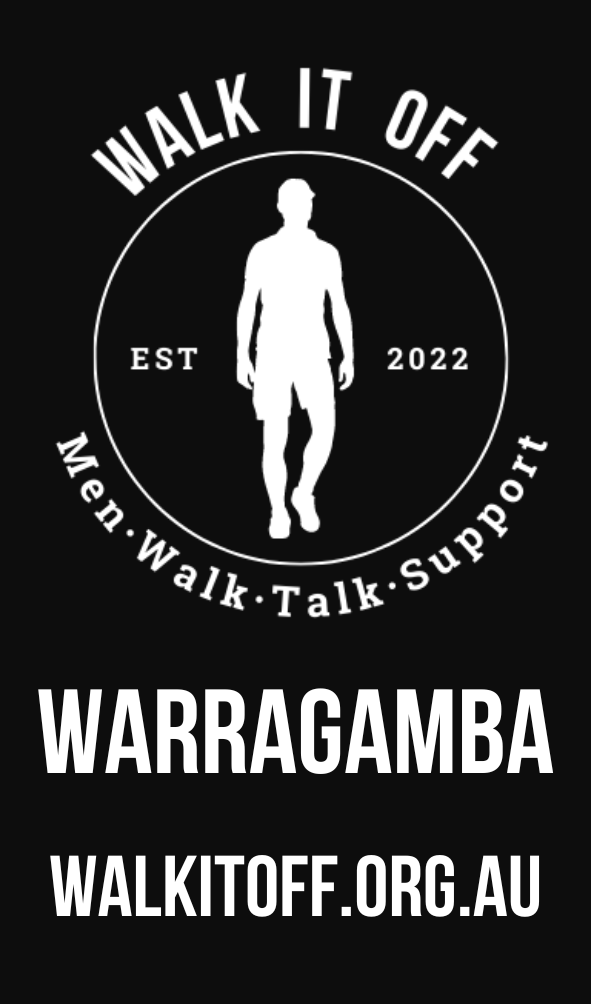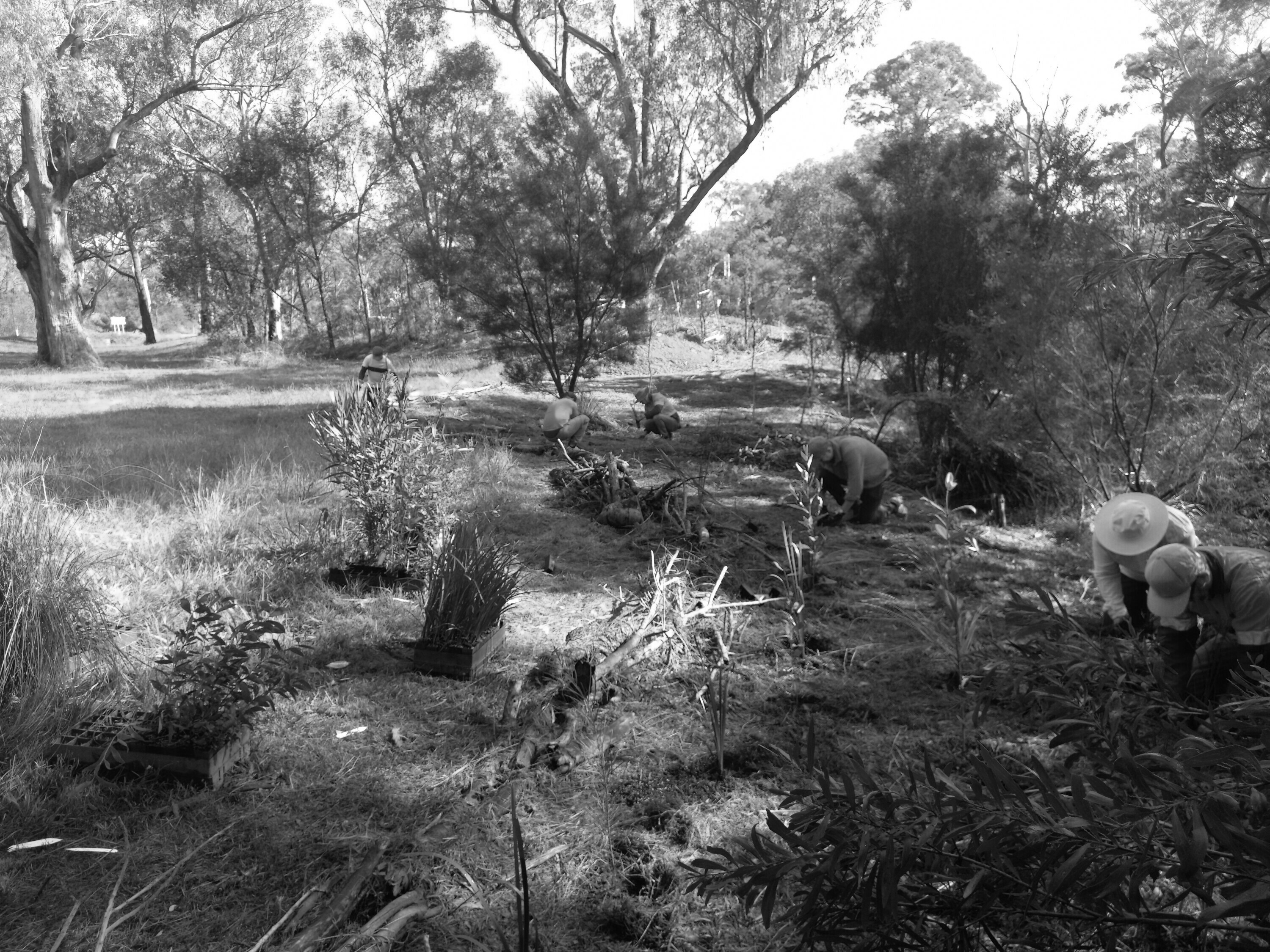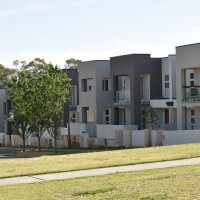Online DA Lodgement
From 1 July 2020 the lodgement of Development Applications via the NSW Planning Portal became mandatory for Wollondilly Shire Council and Councils in Greater Sydney.
The NSW Planning Portal allows for a more convenient and environmentally friendly process for the lodgement of applications, allowing applicants to lodge online, anywhere and anytime.
The following Applications and Certificates must be lodged through the Portal:
- Development Application
- Section 4.55 Modification Application
- Complying Development Certificate
- Construction Certificate
- Subdivision Works Certificate
- Occupation Certificate
- Subdivision Certificate
- Section 68 Applications (manufactured home, installation of a sewage management system, install a solid fuel heater)
- Building Information Certificates and appointment of Principal Certifier will also be mandated to be lodged through the Portal in the near future
A short video explaining the basics of the portal is available online.
For more information, you can also visit the Departments website.
This is an exciting time for Wollondilly as we continue to offer an outstanding service to our customers and work to provide planning and building certification solutions to build an even better Wollondilly.
How to lodge
Register for an account. For more information on online lodgement with the Department of Planning, Industry and Environment, please visit the NSW Planning Portal.
Council has a number of application forms and checklists that need to be completed and lodged with your application on the Portal depending on the type of development you are proposing. Visit our Development Forms Page to download the relevant documents such as an Owner’s Consent Form or Development Application Requirements Checklist .
What happens next?
Once submitted your application will be checked by Council staff to ensure it is complete. If your application is incomplete it will be returned to you through the Portal with details of what is missing.
If your application is complete it will be accepted for lodgement. A quote for applicable fees will be provided. Applications are not legally lodged with Council until the application fees have been paid in full.
Upon official lodgement you will be able to follow the progress of your application on Council’s DA Tracker. During the assessment of your application Council will communicate with you through the Portal if any additional information is required. All additional information you provide must be submitted to Council through the Portal as well.
Development Application Information

Wollondilly Shire is on the verge of unprecedented growth which means that the population will continue to grow and bring with it more new homes, businesses and infrastructure.
It's important that the growth in Wollondilly is sensible, strategic and sustainable to ensure Wollondilly remains a great place to live, work and play.
Below is a step by step guide to help you with the Development Application process but depending on the complexity of what you plan on building or developing in Wollondilly, you may wish to employ a qualified town planner to help you.






